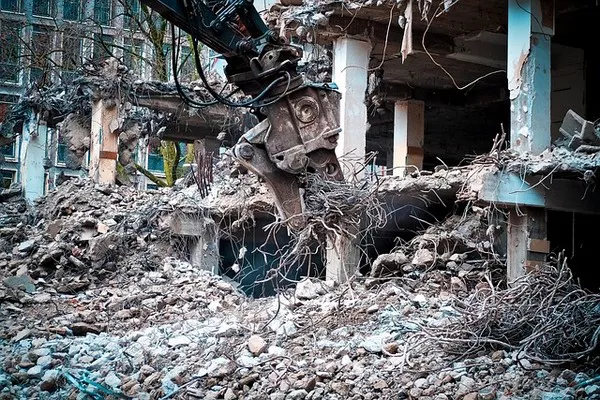In a dramatic turn of events, the rescue mission for 41 construction workers trapped in a mountain tunnel collapse in northern India concluded after an agonizing 17 days. The rescue operation, marked by its complexity and international collaboration, finally succeeded in extracting all workers unharmed from the debris in Uttarakhand.
The crisis unfolded on November 12 when a landslide led to the collapse of a portion of the 4.5-kilometer Silkyara Tunnel under construction near Uttarkashi. The trapped workers, predominantly poor migrant laborers from various parts of the country, were located behind almost 60 meters of debris.
Efforts to reach the workers initially involved drilling horizontally through the debris, but setbacks ensued when the drilling machine repeatedly malfunctioned. Despite 24-hour shifts and equipment replacements, progress was slow.
Ten days into the mission, a small camera sent through a narrow pipe provided the first images of the trapped workers, offering a glimmer of hope. However, setbacks continued as the drilling machine broke down beyond repair on the thirteenth day, leading to increased anxiety among the workers’ families.
Rescuers pivoted to an alternate plan, drilling from the top of the mountain, doubling the distance of the original horizontal shaft. Simultaneously, an additional team of miners was called in to manually dig the final stretch. As the clock ticked, concerns grew about the trapped workers’ health, prompting locals to offer prayers for their safety.
On Monday, a breakthrough occurred as the miners hand-dug the remaining path, allowing for the installation of a passageway made of welded metal pipes. By Tuesday, the rescuers successfully drilled through more than 58 meters, paving the way for the workers’ extraction.
The rescue plan involved pulling each of the 41 men individually through the pipes on wheeled stretchers, and after nearly 24 hours, all workers were safely rescued.
As the nation watched the ordeal unfold on live television, questions emerged about the sustainability of heavy construction in the mountainous region of Uttarakhand. The collapsed tunnel was part of the Chardham all-weather road project, connecting Hindu pilgrimage sites and temples, and concerns have been raised about the impact of such initiatives on the fragile conditions of the upper Himalayas.
Experts argue that the ambitious project, a flagship initiative of the federal government, could exacerbate precarious conditions in the region, which is prone to landslides and flash floods, further intensified by climate change. Uttarakhand has faced environmental challenges, with previous incidents, such as the sinking of the holy town of Joshimath in February, raising concerns about the sustainability of large-scale construction in the area.

